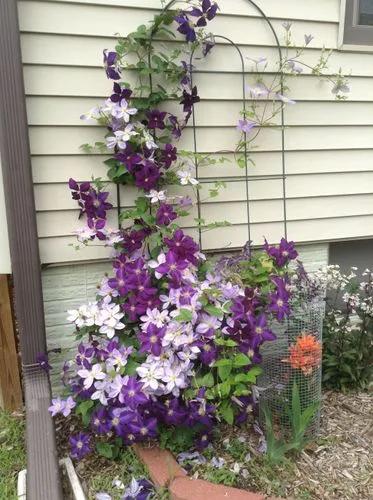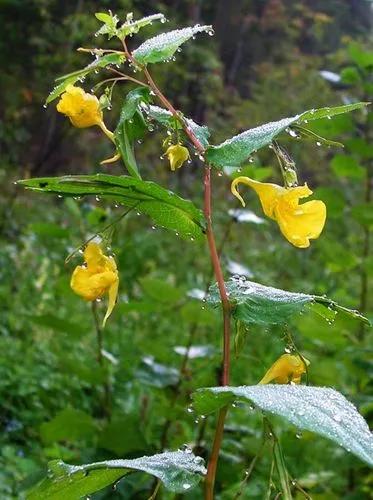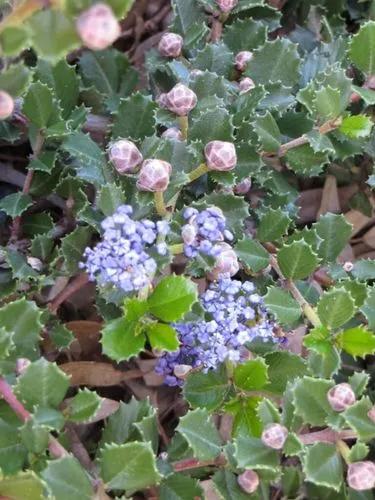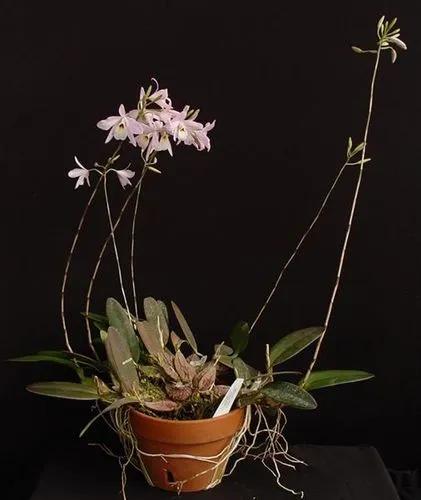An ideal Korean Lilac for small gardens, Syringa meyeri 'Palibin' is a dense, compact, low-spreading, deciduous shrub that gets covered with a profusion of sweetly-fragrant upright panicles of lilac-pink single flowers in late spring to early summer. Smaller than the species, its broadly-ovate, dark green leaves are extremely resistant to powdery mildew and remain attractive in summer.
Dwarf Lilac Care
Syringa Meyeri 'palibin'



How to Care for the Plant

Water

Watering your lilac plant is recommended once every 10 to 14 days from from spring until blooming ends. Lilacs respond best to deep, infrequent watering. Make sure that your planting area or container drains well. These plants do not like wet feet and will not bloom if over watered.

Pruning

Make the cut just above a new shoot or bud. Cut branches back selectively to shape the dwarf lilac bush as desired, removing no more than one-third of any stem and making a clean cut just above a bud facing in the desired direction. Dwarf lilacs generally require little of this type of pruning. The best time for pruning lilac bushes is right after their flowering has ceased. This allows new shoots plenty of time to develop the next season of blooms. Pruning lilacs too late can kill young developing buds.

Fertilizer

In most cases, you won't need to add any fertilizer to the soil at planting time. Fertilizer added to the planting hole can burn the roots. However, if the soil is very sandy or heavy clay, add compost or manure to lighten it.

Sunlight

Full sun (minimum 6 hours per day).

Soil

Lilacs thrive in a sunny location, in well-drained, fertile, humus-rich soil that is alkaline to neutral. They do well on chalky ground.

Temperature

They can withstand temperatures of -40 degrees Fahrenheit (-40 C) but may need some protection from icy winds that damage the flower buds.

Container

Small container lilacs need a lot of space for their roots. They grow well when they can stretch their roots and develop into larger plants. We recommend a container as large as you can manage- no smaller than 12 inches deep and 24 inches wide.

Popularity

228 people already have this plant 41 people have added this plant to their wishlists
Discover more plants with the list below
Popular articles






